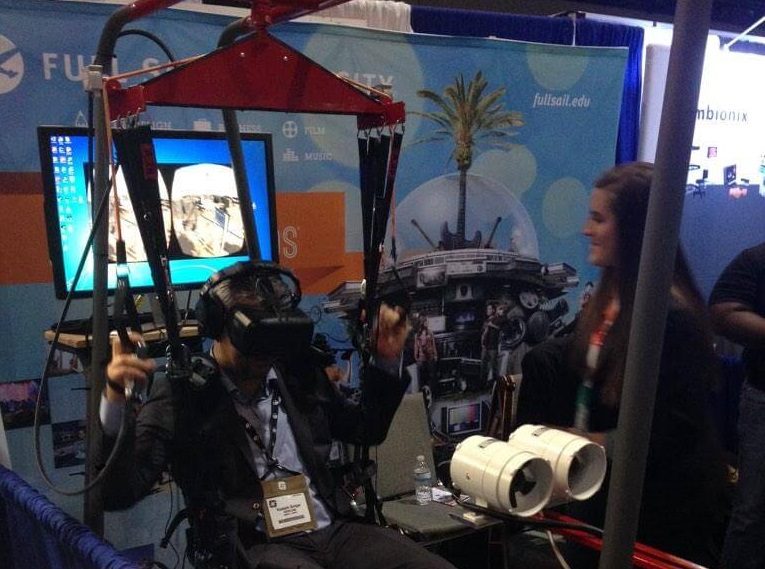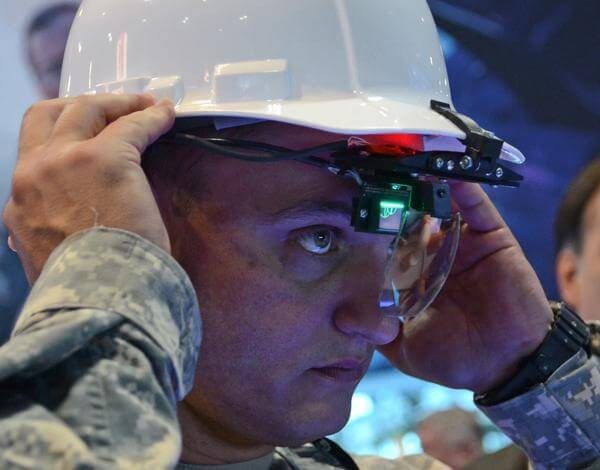
Deep inside the inlands of Florida, a technology conference was held that brought together a collection of virtual reality headsets and simulations that focused primarily on military applications. The event was called I/ITSEC (Interservice/Industry Training, Simulation and Education Conference) and was touted as the “world’s largest modeling, simulation, and training conference”.
As Florida has several of military bases nearby (including the MacDill Air Force Base in Tampa and Mayport Naval Station in Jacksonville), it makes sense that VR would be a large influence in the southern sunshine state. Several videos have emerged since the event that demonstrate that influence is in full swing.
Although Road to VR was not present at I/ITSEC, videos that have emerged online since the show allowing us to roundup some items of interest. Here’s what we found:
It’s All About Training
The technological thread that strung all the demos together had to do with the preparing people for particular real life events through the use of virtual reality. That included medical training, battle simulations, parachute challenges, and many others.
See also: News Bits: UK Army Uses Oculus Rift to Help Train Medics
Design Interactive’s Mixed Reality Simulation
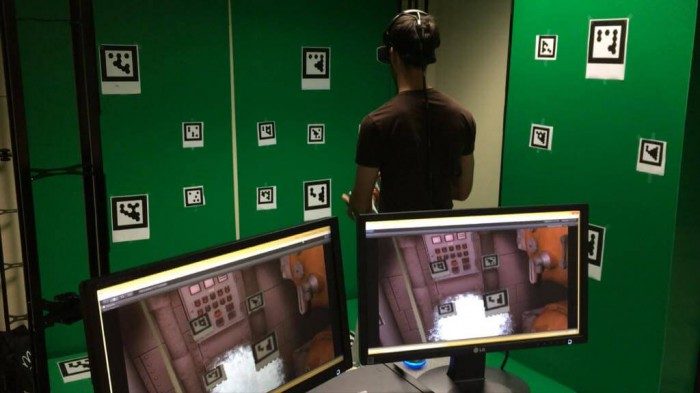
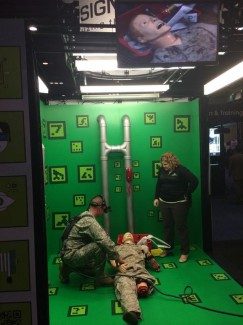 According to their Twitter profile, Design Interactive is a small business in Oviedo, FL that “specializes in Human–Systems Integration (Human Performance Assessment, Training Systems Design & Evaluation, Cognitive Readiness & Next–Gen HSI)”
According to their Twitter profile, Design Interactive is a small business in Oviedo, FL that “specializes in Human–Systems Integration (Human Performance Assessment, Training Systems Design & Evaluation, Cognitive Readiness & Next–Gen HSI)”
They brought a whole suite of VR and AR systems to the I/ITSEC conference that, when combined, make a mixed-reality solution which uses fiducial markers stuck onto the walls of a green screen booth nearby.
Details on the applications are sparse, but it looks like they are incorporating real-life items into the simulation. For instance, as this tweet from Matt Johnston (who looks to be involved with DI directly) suggests, they have added paired a mannequin to the system so that military personnel can give medical assistance to it.
Full Sail’s Parachuting Experience
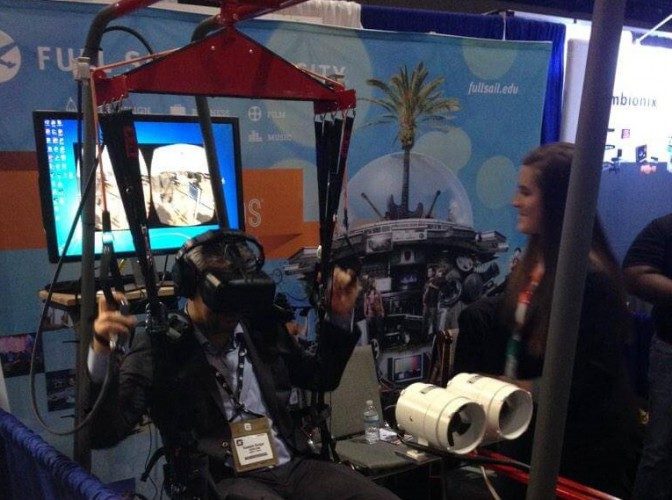
Full Sail is a University in Winter Park, FL that offers classes focused around entertainment and media production. They have a wide range of simulation and visualization programs for students.
Their I/ITSEC setup seems to simulate a parachute jump. As seen above, users are strapped into a chair, wearing an Oculus Rift DK2 with air blown at them via a fan mounted in front of them, presumably to induce a greater sense of immersion. It’s quite an elaborate rig but looks like an effective use of VR enhanced physical feedback.
Virtual Shooting with SAIC
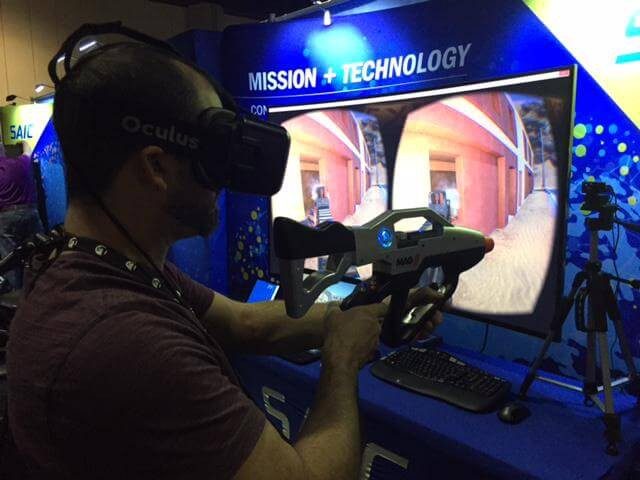
SAIC is a technology company based in Virginia that provides a wide range of technological solutions, including but not limited to developing custom simulations and training.
SAIC are leveraging the power of VR for their ‘training on demand’ systems (seen above), which are built on Unreal Engine 4 for the Oculus Rift. The system is designed as a ‘pop-up’ training facility, capable of giving the user an immersive, instructive experience when far from dedicated training facilities.
The Army’s Dismounted Soldier Training System
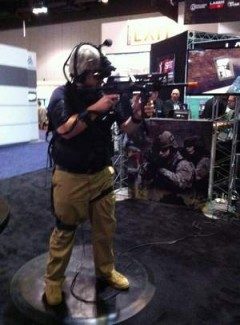
When it comes to new military technology, details are often hidden and those using them are tied down to strict NDA’s, preventing them from revealing details. These details rarely surface, except for the occasional tech conference here and there which brings some of the projects to light. The Dismounted Soldier Training System seems to fall neatly into this category.
As mentioned in an article found on an online publication called Defense News, this system’s cost was approximately $57 million and took about two years to create. It’s being marketed as the “first fully immersive virtual simulation for soldiers” and two upgrades were shown at the I/ITSEC 2014 conference. Supposedly it is part of something called VBS3, which is the Army’s latest virtual battle-space training game.
Soldiers can be trained to work together as a squad, carrying realistic weapons. Each user wears a standalone backpack with a computer inside that generates the interactive 3D environment. Movements are controlled via a joystick that is attached to the handheld weapons with additional motion tracking sensors used to record rotational movement.

